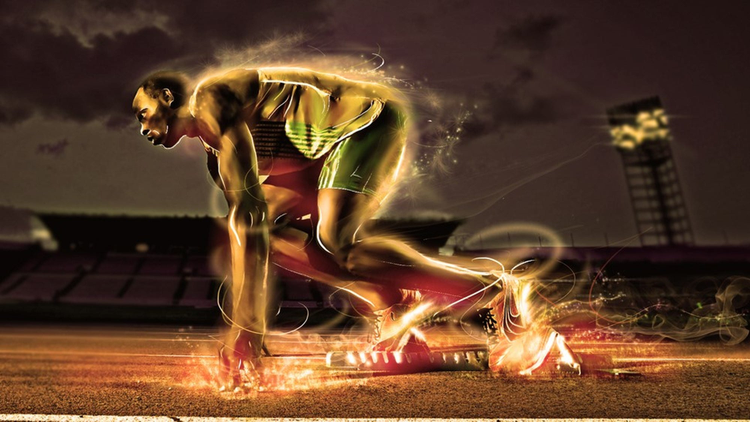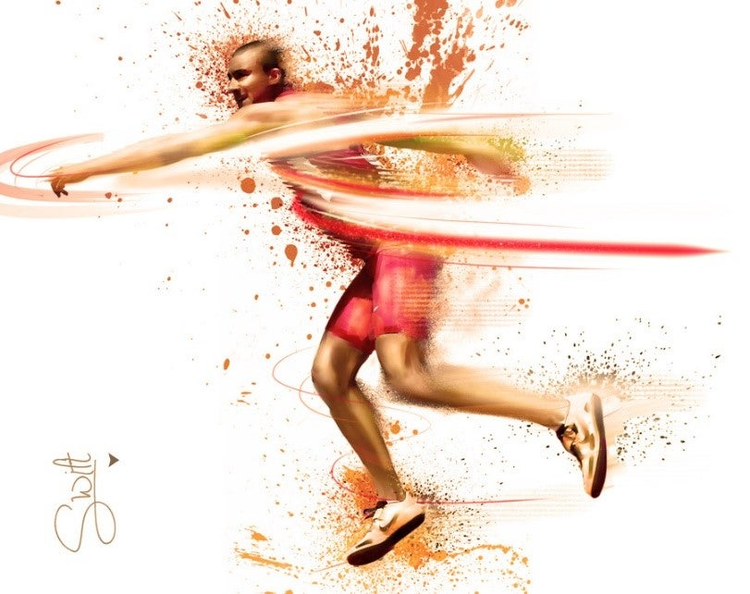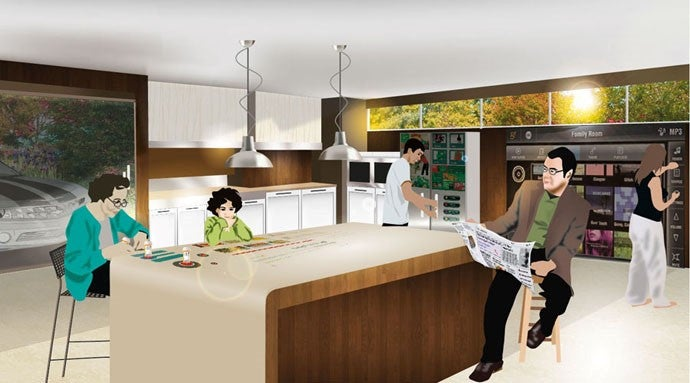Gavin Campbell: Top tips for aspiring illustrators

The start of the year is a natural time for many of us to start thinking about new career opportunities. For anyone looking to jump ship and go freelance, we caught up with freelance illustrator, graphic designer and Adobe Community Professional Gavin Campbell to chat careers advice, inspiration and his favourite tools of the trade. With a client list that reads like a FTSE Top 100 rundown (he’s worked for some of the biggest brands out there including Microsoft, Shell, HSBC and the BBC), we quizzed Gavin on what aspiring illustrators and designers can do to follow in his footsteps and bag those highly sought after freelance contracts.
Read on for our Q&A and don’t forget to check out Gavin’s Behance portfolio here.
Adobe: Hi Gavin! Tell us a little bit about what you do and how you got here.
Gavin: I’m an international freelance illustrator, working remotely or onsite for major clients all over the world. I have been illustrating for 15 years but my freelance career started in 2007 on a part time basis.
My aim was to create a strong online presence by having profiles on every major creative platform and networking site. I was aware that my profiles and images would also show high up in the major search engines if keyworded correctly, which would increase my chances of getting client work. The turning point for me was an all-night last minute job for an agency working on the logo for the Gladiators TV show. I soon realised how important your reputation is in the creative industry as that experience allowed me to attract a host of other major clients.
A: What advice do you wish you’d been given when you were first starting out?
G: I wish I had advice on how to market myself more efficiently online. I think a lack of marketing knowledge is the main reason why many freelancers only work part time.
A: Being in such a competitive industry, what can aspiring designers do to set their portfolios apart from everyone else’s?
G: It’s always good to study and observe other people’s portfolios to understand current trends and styles, which will then give you a good indicator on how you can set yourself apart and be unique. Creating a style that you really like is more important than doing something just because it’s the current trend.
In the long run the trending styles will fade but your aim should be to develop a style that is timeless. It’s like being a musician and having to decide if you’re going to create music that fits in the current trend, or daring to create something unique that still sounds fresh in 20 years.

A: Which illustrators do you look to for inspiration?
G: I remember trawling through the Advanced Photoshop and Photoshop Creative magazines back in 2008 and being inspired by Radic Malinic, Pete Harrison and Peter Jarawoskis work. To this day I still look to them for inspiration along with a newer group of CGI artists as this is a discipline I would like to get more involved in.

A: What’s your favourite tool or feature in Illustrator?
G: I have and probably will always preach that the Pen tool is king across all Adobe software. It’s the one tool that you will find not only in Illustrator, but in Photoshop, InDesign, After Effects and Premiere Pro.

A: If you had to choose three key things that every creative should practice, what would they be?
G: (1) Meditate on your goals first or last thing in the day. The subconscious mind is more open to suggestion when we immediately wake up or when we’re just about to fall asleep.
(2) Practice to improve your most desired style at least once a day if possible.
(3) Practice your keyboard shortcuts on every software as much as you can. It will save you hundreds of hours in the long run.
A: What are the key design trends that every illustrator should take notice of in 2017?
G: The flat, clean, non-bevelled, non-gradient style is still the current trend from a general design and illustration perspective. However, these trends only really apply to freelance illustrators in the design industry. If you are a concept artist, fashion, interior or automotive illustrator for example, then these trends don’t necessarily apply.
__
Huge thanks to Gavin for sharing his wisdom with us. You can find out more about Gavin and his latest projects on his website. He’s also on Twitter, LinkedIn and Dribble.